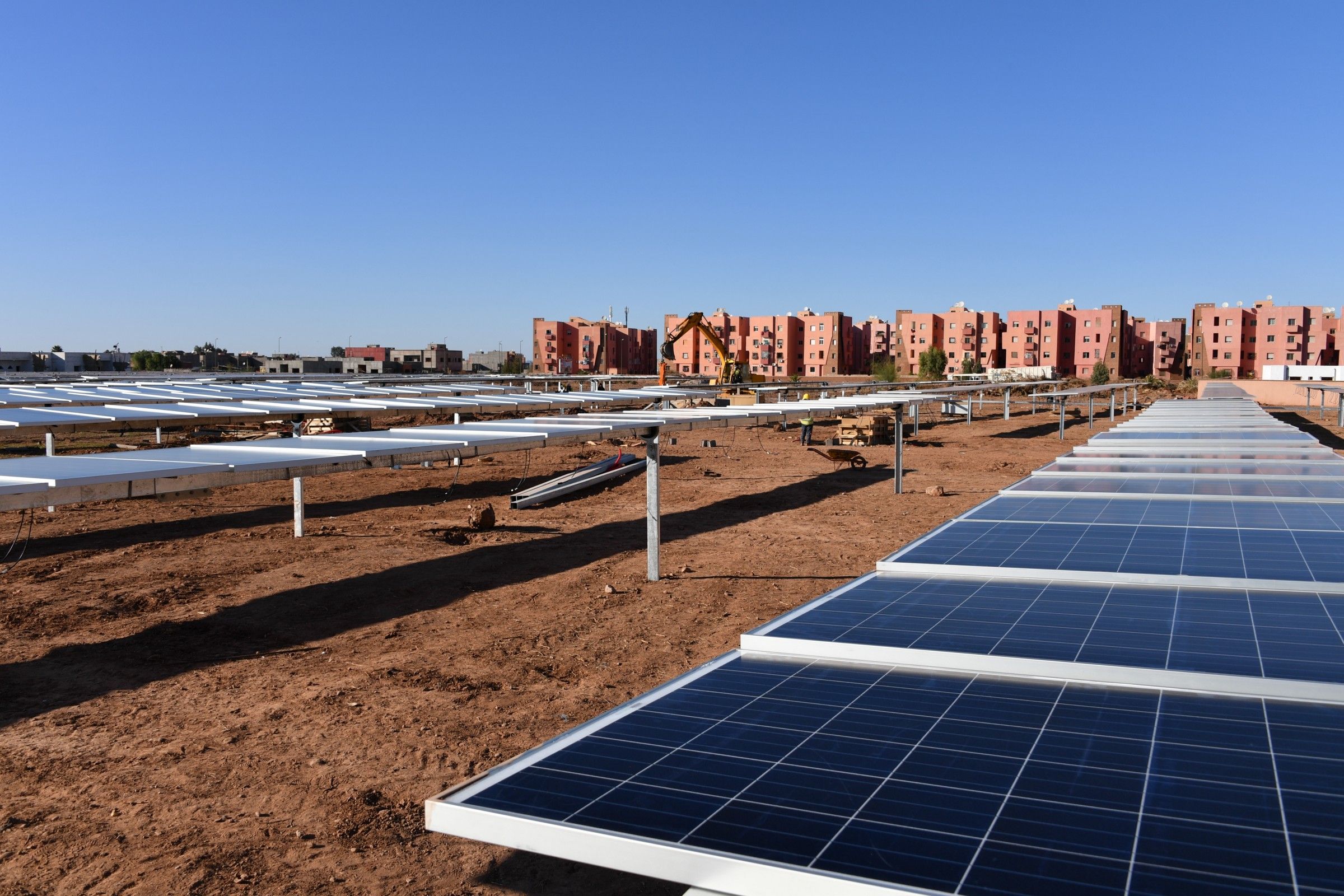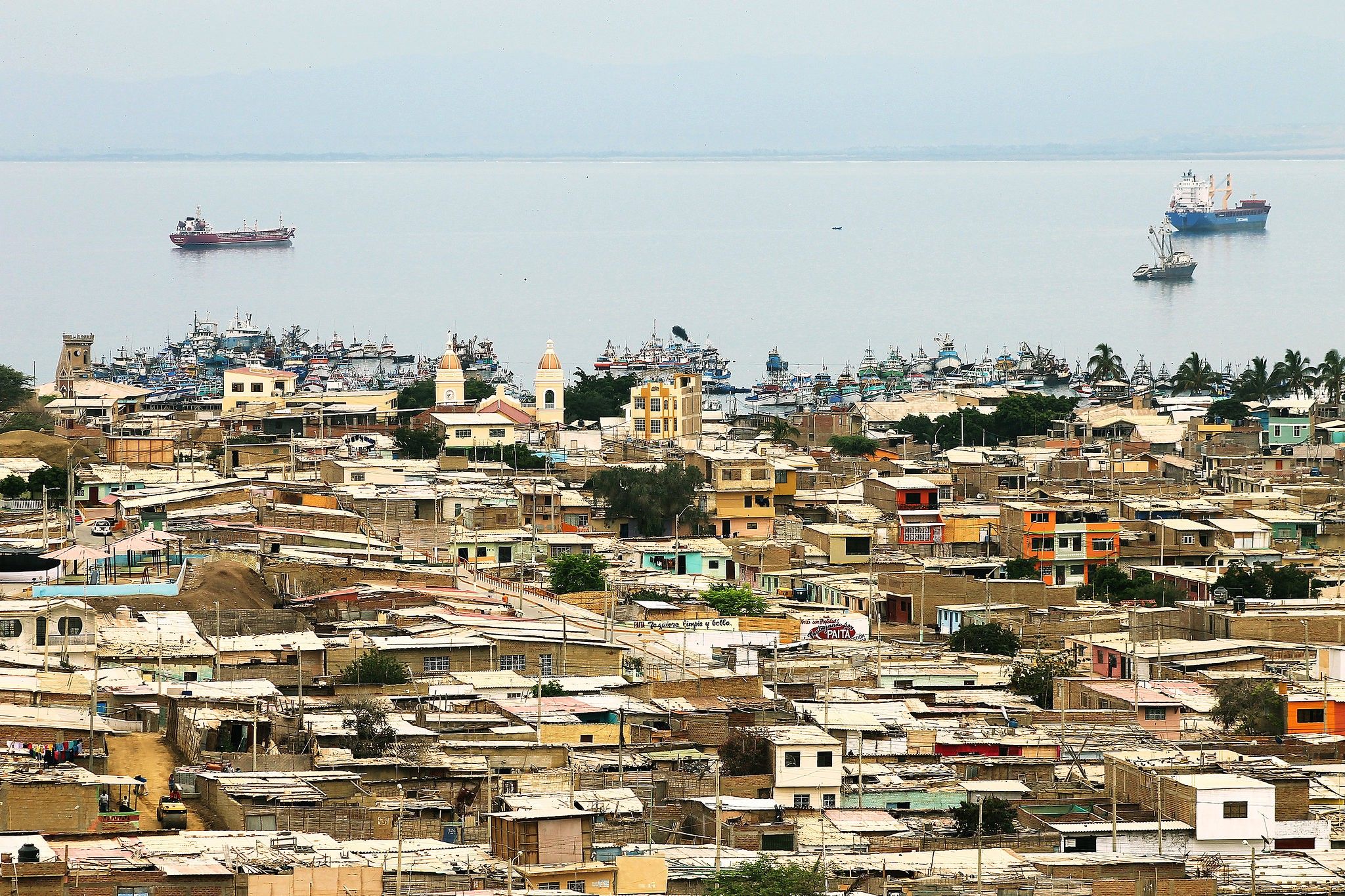Why Building More Sustainable Cities Matters?

Cities are multiplying and expanding at an unprecedented rate. Currently, half of humanity lives in urban settings and that number is predicted to swell to 68 percent by 2050.
Having access to affordable housing, clean air and water, and open public spaces is one of the most urgent issues urban communities are facing worldwide. Over 90 per cent of COVID19 cases arise in urban areas,, with the 1 billion residents of the world’s most densely populated slums being hit the hardest.
What can we do to ensure that urban centres and communities develop in ways that leave no one behind? What action can we take in our cities and, in our communities to rebalance the equation between environmental preservation, economic prosperity, and social inclusion?

One world, one mission, no time to waste
In September 2015, United Nations Member States adopted the Sustainable Development Goals(SDGs), 17 distinct but indivisible objectives that together provide a shared blueprint to achieve a better and more sustainable future for all. They address the global challenges we face, including poverty, inequality, climate change, environmental degradation, peace, and justice.
The UN’s 2030 Agenda sets a target date for achieving these goals, making it clear that there is no time to waste. The goals are an urgent call for all countries — developed and developing — to work together for people and the planet, now and for tomorrow.
It is clear that the action to meet the Goals is not happening fast enough. To make a difference, we need speed and scale. We all need to take part in this Decade of Action.

Why is Goal 11 so important?
While all 17 goals are interconnected, one, in particular, is committed to dealing with urban realities head-on: Goal 11, which is about making cities inclusive, safe, resilient and sustainable.
There are 33 “megacities” around the world with over 10 million people. More than 1 billion people live in slum conditions and that number is rising. Universal access to safe, accessible and inclusive green spaces, and public transport systems remains mostly out of reach. And according to the World Health Organization, 80 percent of urban residents worldwide breathe poor-quality air.
But not all is too grim.
Cities and communities can be carriers of hope, and of positive actions on people’s lives and the planet. For instance, we have seen successful examples of COVID-19 containment in cities around the world, demonstrating the remarkable resilience and adaptability of urban communities to adjust to new norms.
Cities have also become critical drivers of global socio-economic, behavioural, and environmental changes far beyond urbanized borders. Making cities sustainable means creating career and business opportunities as well as, safe and affordable housing, and building resilient societies and economies.
Our collective compass, Goal 11, will involve collaboration and investments in public transport, creating green public spaces, and improving urban planning and management in participatory and inclusive ways.
Concrete actions are already underway. Waste recycling is offering job opportunities for those who need it the most, and local communities are finding new ways to use local resources to define their future as a positive and thriving one.
That is why we want to take action towards Goal 11 and hope to be joined by everyone who wants to make sustainable cities a priority, even for those who aren’t directly affected by these issues or who haven’t read yet the Lazy Person’s Guide to Saving the World.

The time is now
International organizations cannot effect real, lasting change alone, and neither can governments, industries, companies, and individuals. The only way we can drive that systemic change is by joining forces and working together to identify, connect and accelerate effective solutions that answer concrete needs, on the ground.
So how do we approach this? We need to explore solutions to complex questions. Learn faster and find answers to address how we can mitigate our impact on the environment while working to make cities more accessible. Design and integrate new transportation models which can connect urban and rural areas better while continuously prioritizing sustainable development.
Innovative responses very often come from those closest to the problem, those who live it day in and day out. As the saying goes: the best expert on public transportation is the person who rides the bus every day! From engineers to designers to women and men living and moving around in cities, everyone everywhere can innovate, and we need to tap into these solutions, to involve the civil society, the private sector, and the development world to accelerate our progress towards Goal 11, and more broadly towards the 2030 Agenda.
By looking for incremental bottom-up solutions, connecting these pioneering minds together and advancing their concrete innovations, we believe we can contribute to building more liveable and sustainable cities and communities. We hope you’ll join us.
We have 10 years to transform our world. Let’s get to work together.